Population in USA
CHANGE AFTER 2023 IN %
Personality and Temperament
Thai cats—also known as old-style Siamese cats or traditional Siamese—are charming companions with beautiful features and playful, inquisitive personalities. Just like their western Siamese cousins, Thai cats love everyone, including kids, other cats, and cat-friendly dogs. In fact, they’re so affectionate and social, they hate to spend time on their own.
Intelligent and curious, Thai cats are capable of learning tricks, particularly when rewards are on offer. Whether you’d like your cat to come when you call their name or use another signal, or if you’d like to enjoy rousing games of fetch, the Thai cat will be glad to oblige.
If you bring a Thai cat into your family, you’ll want to do everything you can to prevent boredom. These cats need companionship and acceptable activities, or they’ll find their own fun, reaching into cupboards, opening drawers and investigating their contents, and perhaps learning how to open doors and turn on faucets. Thanks to their determined personalities, there’s little that a Thai cat can’t learn! Channel their behavior into puzzle toys and give them another cat for a friend, and you’ll find that life is a bit less chaotic.
Bouts of mischievous behavior are sure to put a smile on your face, even when your cat is splashing in your bath or trying to help you clean up after dinner. But old-style Siamese are capable of deep relaxation. When you settle in for a movie or snuggle into bed at night, they like to cuddle close, purring the entire time.
Talkative and truly endearing, with big personalities that are difficult to resist, Thai cats make astonishing pets for families with time and attention to share.
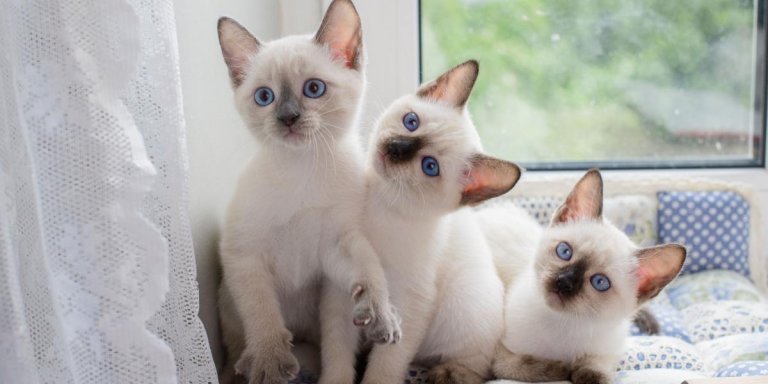
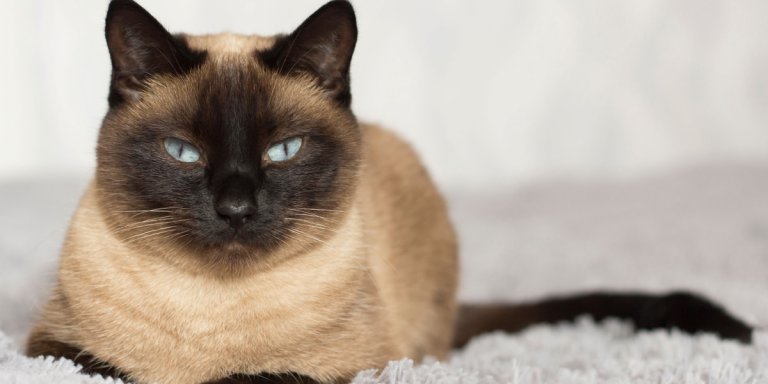
Care
Nutrition
Grooming
Exercise
Health
Thai cats cats have no special nutritional needs. However, like all cats, Thai cats thrive on high-protein, low-carbohydrate diets. Choose a food that incorporates real meat or fish as the main ingredient, as excess carbohydrates can contribute to obesity, particularly later in life. Be sure to feed your cat appropriately for its age.
Give your cat a quick once-over with a soft brush or offer a brisk rub with your fingertips a few times per week to remove dead hair that might otherwise end up on your clothing and furniture. You can bring out the shine in your cat’s coat by following up with a quick polish, using a soft silk scarf or a chamois.
Since Thai cats are prone to periodontal disease, teach them to accept having their teeth brushed using feline toothpaste in cat-approved flavors.
Thai cats are extremely energetic, and without regular nail trimming, their families find them swinging from the drapes, clinging to the couch, and shredding various items that have attracted their attention. It isn’t difficult to clip a cat’s toenails but this is a routine that’s best begun from a young age.
You won’t have to encourage your Thai cat to play! They love to zoom up and down their cat trees, and they truly enjoy stretching on a scratching post. Two more pastimes they enjoy include jumping up into windows and hiding in wait for another cat to pass—and then leaping out in a surprise attack. With lots of interaction and plenty of toys, you can satisfy your cat’s need to expend energy and be entertained by their antics in the process.
Thai cats can easily learn how to walk on leashes. If you’d like to help your cat enjoy the outdoors safely, walks are another way to stay active while having fun.
Thai cats are generally robust and healthy, however they can occasionally suffer from heart disease, gangliosidosis, hyperesthesia syndrome, psychogenic alopecia, and respiratory infections.
Thai cats are less tolerant of anesthesia drugs than are most other breeds, a trait that’s shared with Western Siamese.
Some individuals are born with crossed eyes, which doesn’t normally cause problems other than issues with peripheral vision. Progressive retinal atrophy (PRA) can affect vision particularly as cats age.
History
Thai cats, also known as old-style Siamese cats or traditional Siamese cats, are bred with the intention of maintaining the characteristics of Thailand’s indigenous pointed cats, also known as the wichienmaat, or "moon diamond" cats of ancient Siam.
A pair of Thai cats—also known as royal cats from Siam—were presented to England’s royal family in 1886. Over time, more Siamese were imported and the breed gained popularity not just in England, but across the pond, in America.
The distinction between the old-style Siamese and the modern Siamese began during the 1950s, when some breeders were selecting for old-fashioned characteristics and others were aiming for the longer, thinner, more angular features seen in contemporary show Siamese.
Preservation of the old-style Siamese cat began in earnest during the 1980s, as breed clubs were formed in Europe and the United States. In 2001, some breeders increased their efforts, importing indigenous pointed cats directly from Thailand.
The imported cats help achieve two goals. First, they widen and improve the Thai breed pool. Second, they help preserve Southeast Asia’s native cat breed, separating indigenous eastern cats from their western counterparts.
In 1990, the World Cat Foundation (WFC) granted the Thai cat full championship competitive status as a separate breed. The independent cat club Prestwick-Beresford Old-Style Siamese Association (PREOSSIA) is credited with coining the name old-style Siamese in 1999. The Old-Style Siamese Club (OSSC) adopted the same name in 2000.
PREOSSIA set the new breed application process in motion with The International Cat Association (TICA). In 2007, TICA decided against granting old-style Siamese separate breed status, and breeders decided to use the name “Thai” rather than old-style Siamese. In 2010, the Thai cat was granted championship status by TICA.
Federation Internationale Feline (FIFe), and Feline Federation Europe recognize Thai cats, as well.
Today, you can easily tell the difference between a Thai cat or old-style Siamese and a modern Western Siamese (sometimes called wedgehead Siamese). Thai cats are larger, rounder, and generally more robust in appearance than their contemporary cousins.
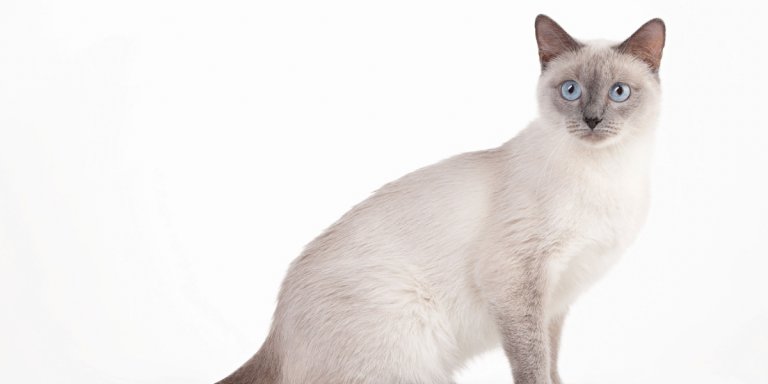
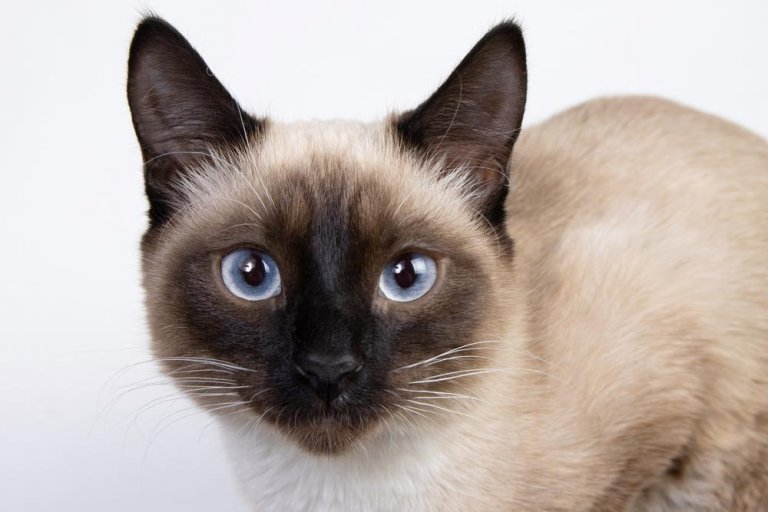
The Breed Standard
Eyes
Legs & Paws
Tail
The Breed Standard
Body
Head
Ears
Coat
Color
FAQ
How much does a Thai Cat (Old-Style Siamese) cat cost?
Thai Cat (Old-Style Siamese) cats cost between $600 - $1200.
How big do Thai Cat (Old-Style Siamese) cats get?
Thai Cat (Old-Style Siamese) cats tend to be large in size. A fully grown Thai Cat (Old-Style Siamese) cat might weigh between 10-16 pounds or more and range in height anywhere from about 21"- 23" inches tall.
How long do Thai Cat (Old-Style Siamese) cats live?
The Average lifespan for Thai Cat (Old-Style Siamese) is 12-16 years.
Do Thai Cat (Old-Style Siamese) cats shed?
Thai Cat (Old-Style Siamese) are long-haired cats, so you do have to expect a certain amount of shedding from this breed, but they don't shed as much as other cat breeds.
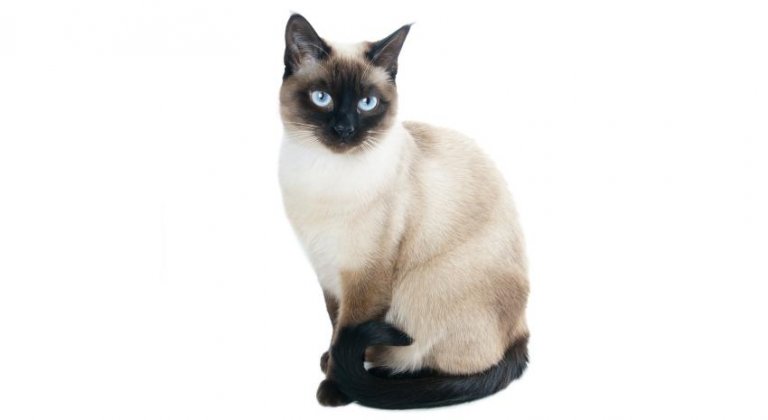
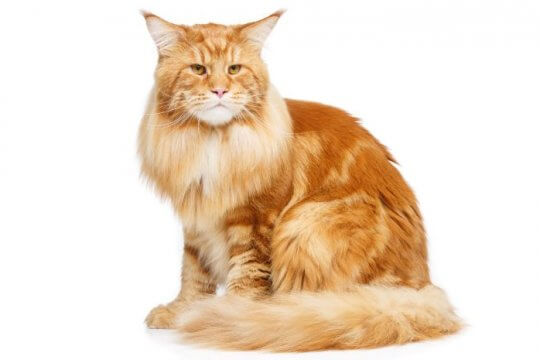
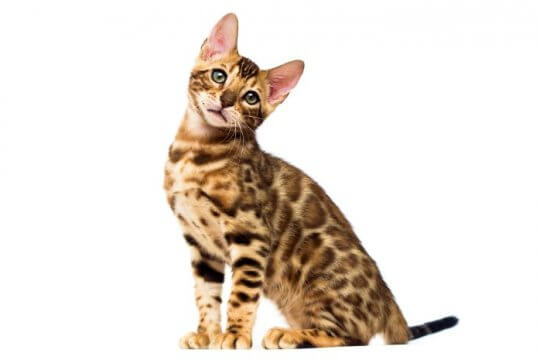
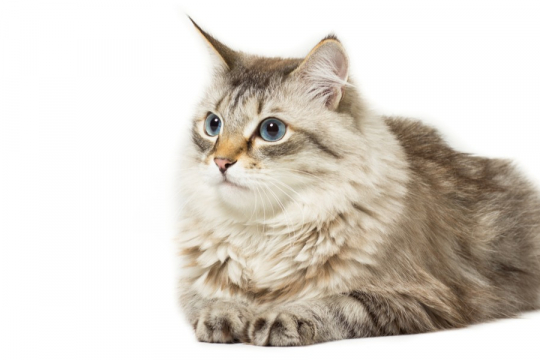
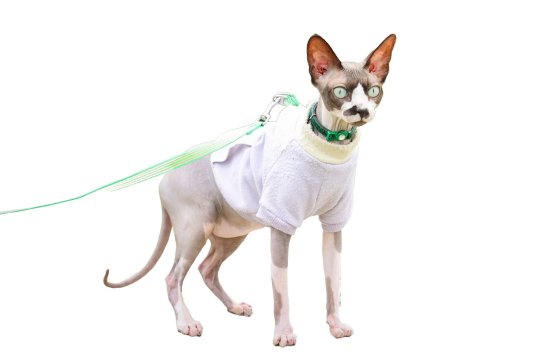
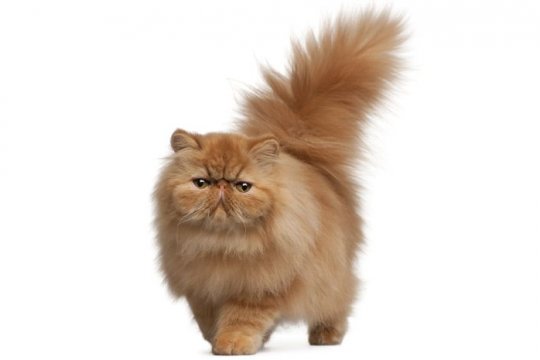
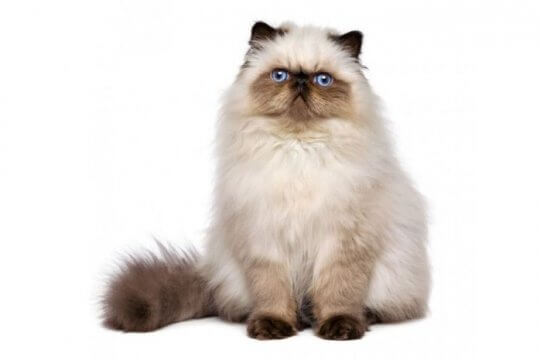
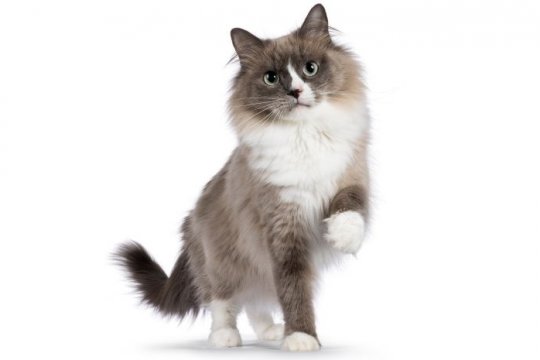
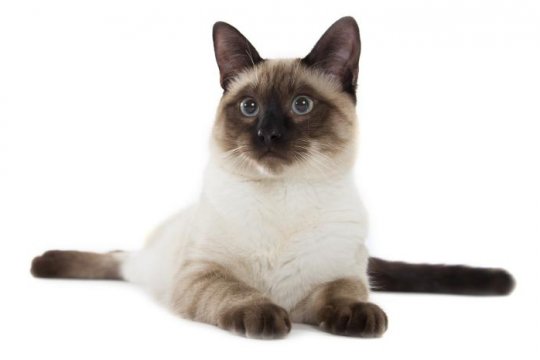
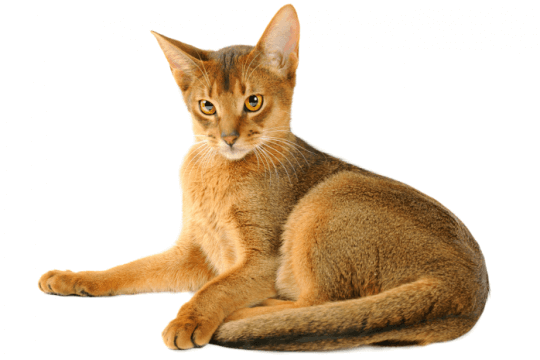
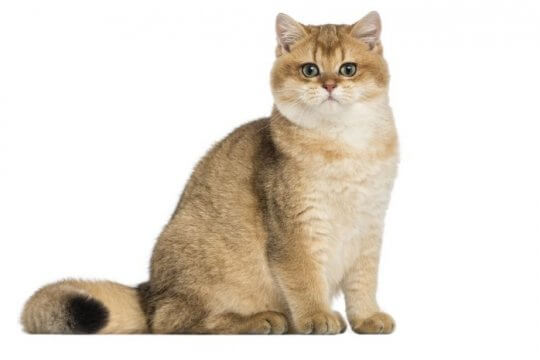
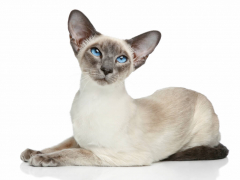
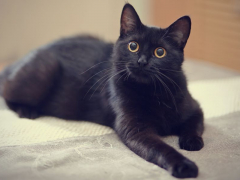

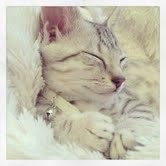
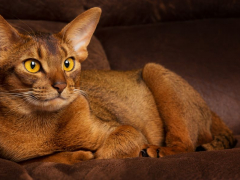
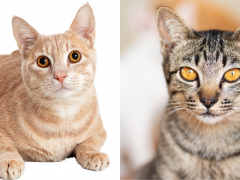


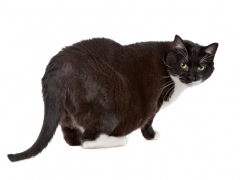
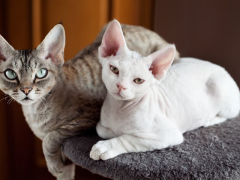
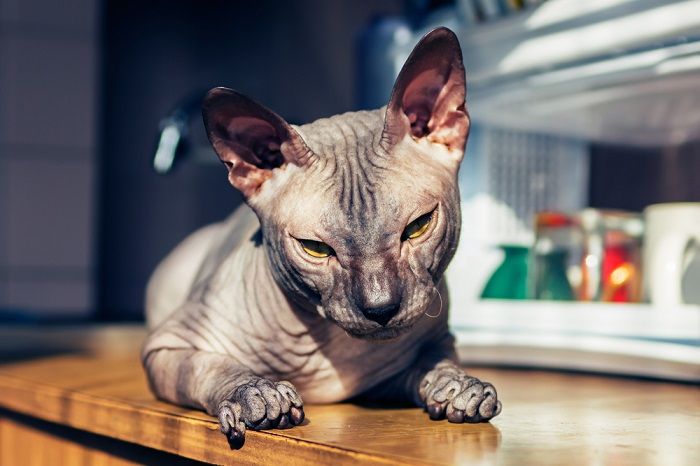
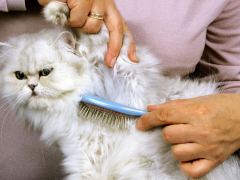
I just love our adventuresome and sometimes mischievous boy. He is so lovable and affectionate and always up to something getting into anything that catches his attention. Thanks for the insights and history. I will be looking for an exercise wheel for him as I feel that would be beneficial.
We are looking for Thai Siamese or apple face Siamese breeder in Sydney?
Or any information if these kittens are available
Anyone we can call ?
Hello Elizabeth, thanks for reaching out. This breeder seems like a good lead, and perhaps you can talk to them about other options.